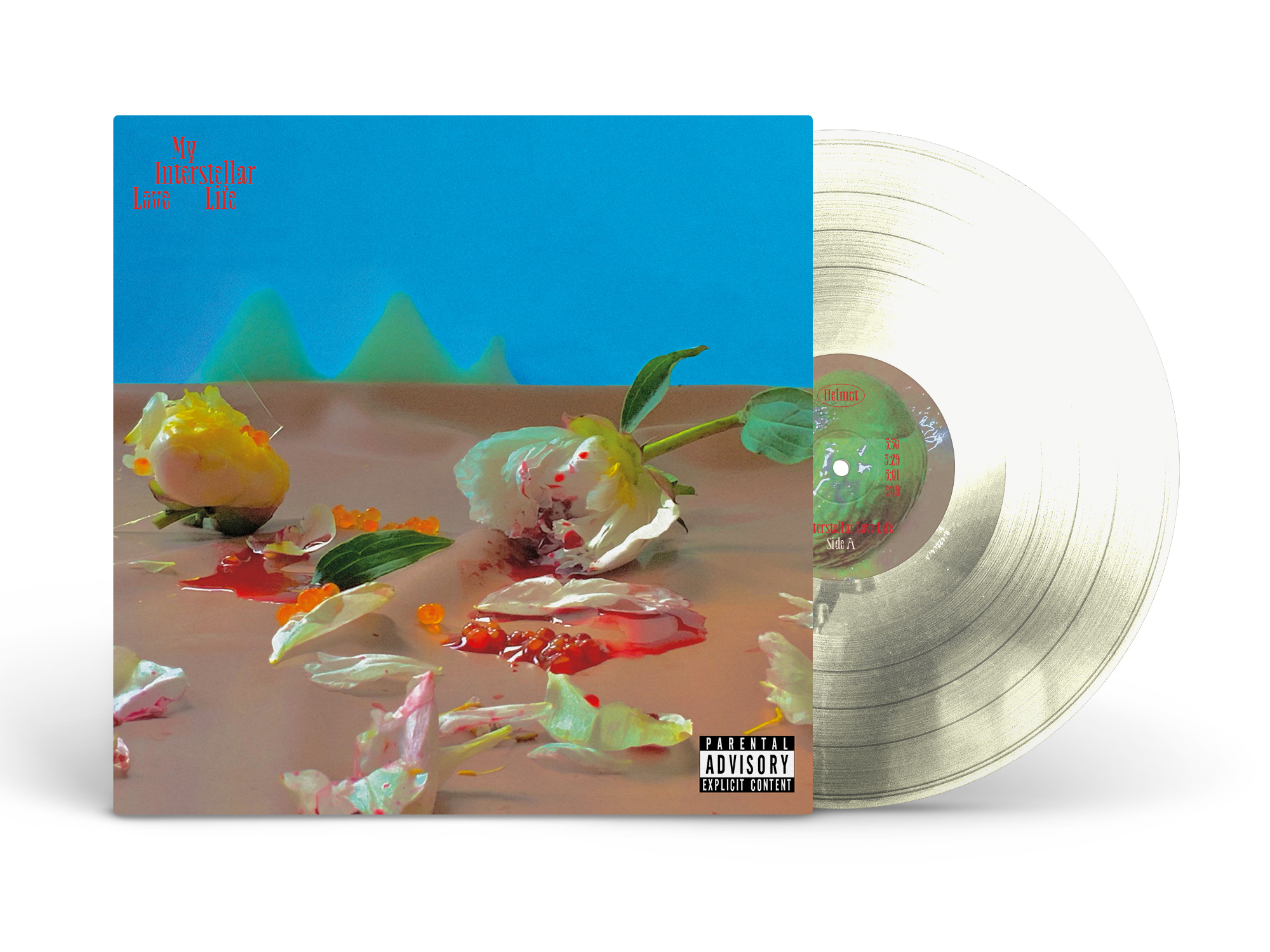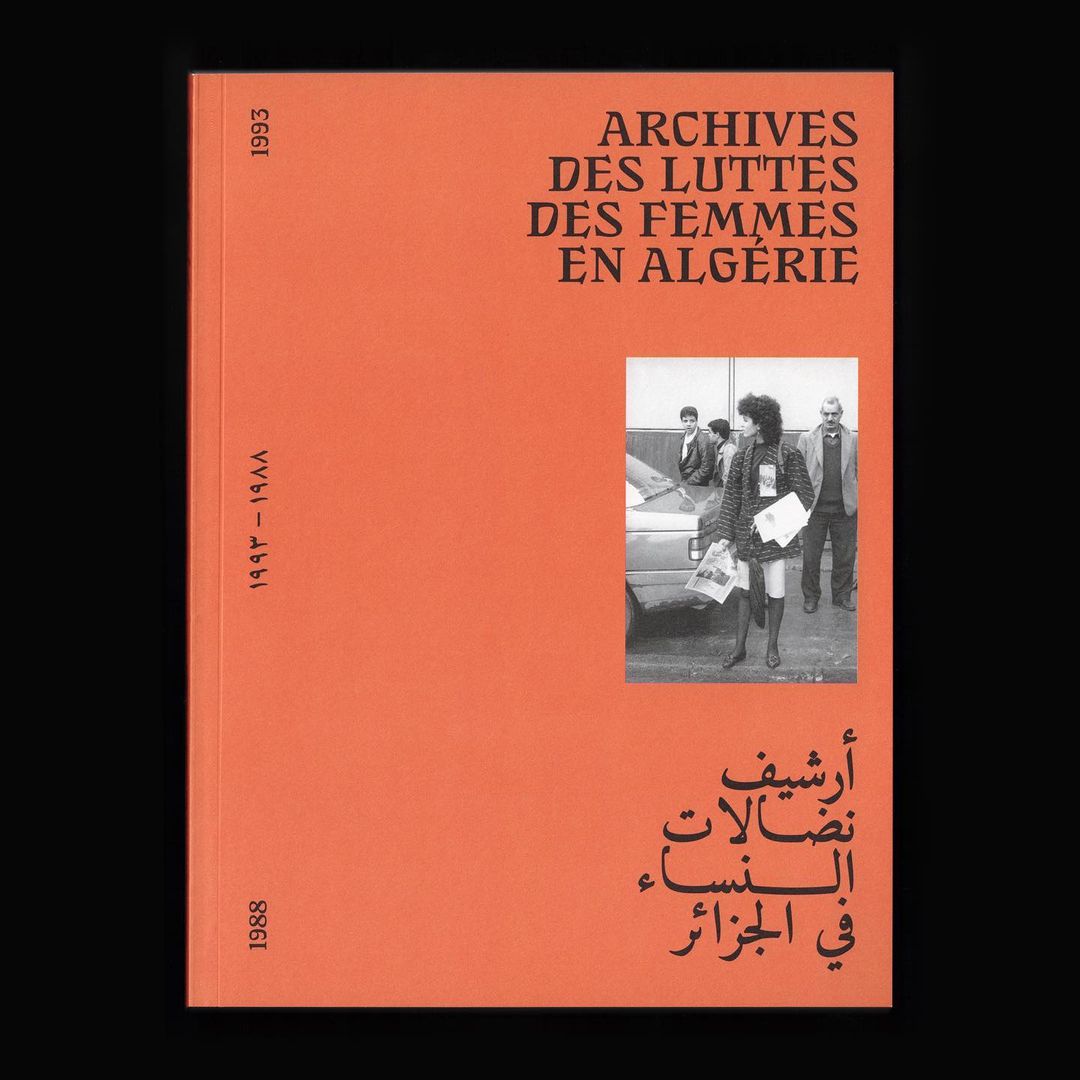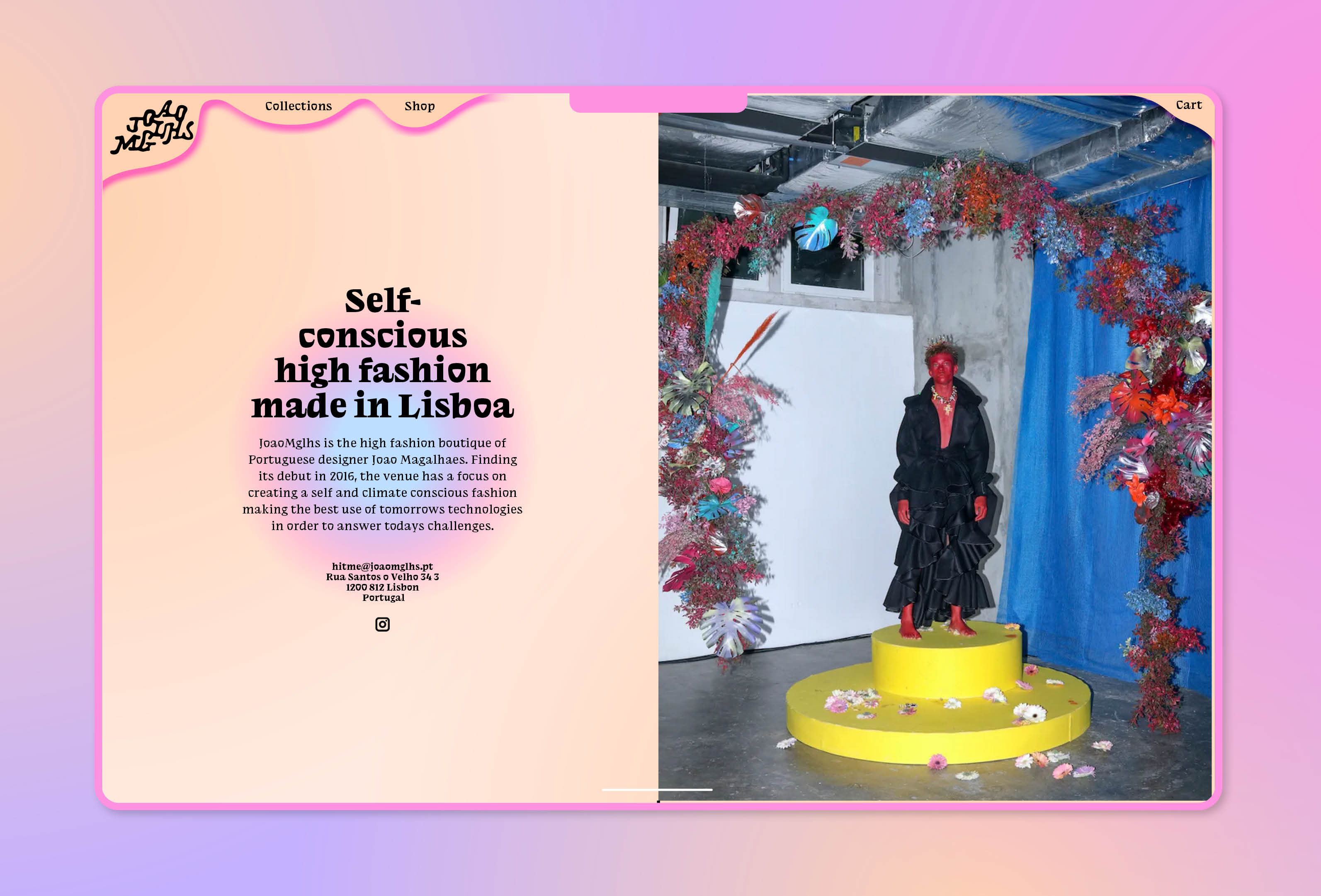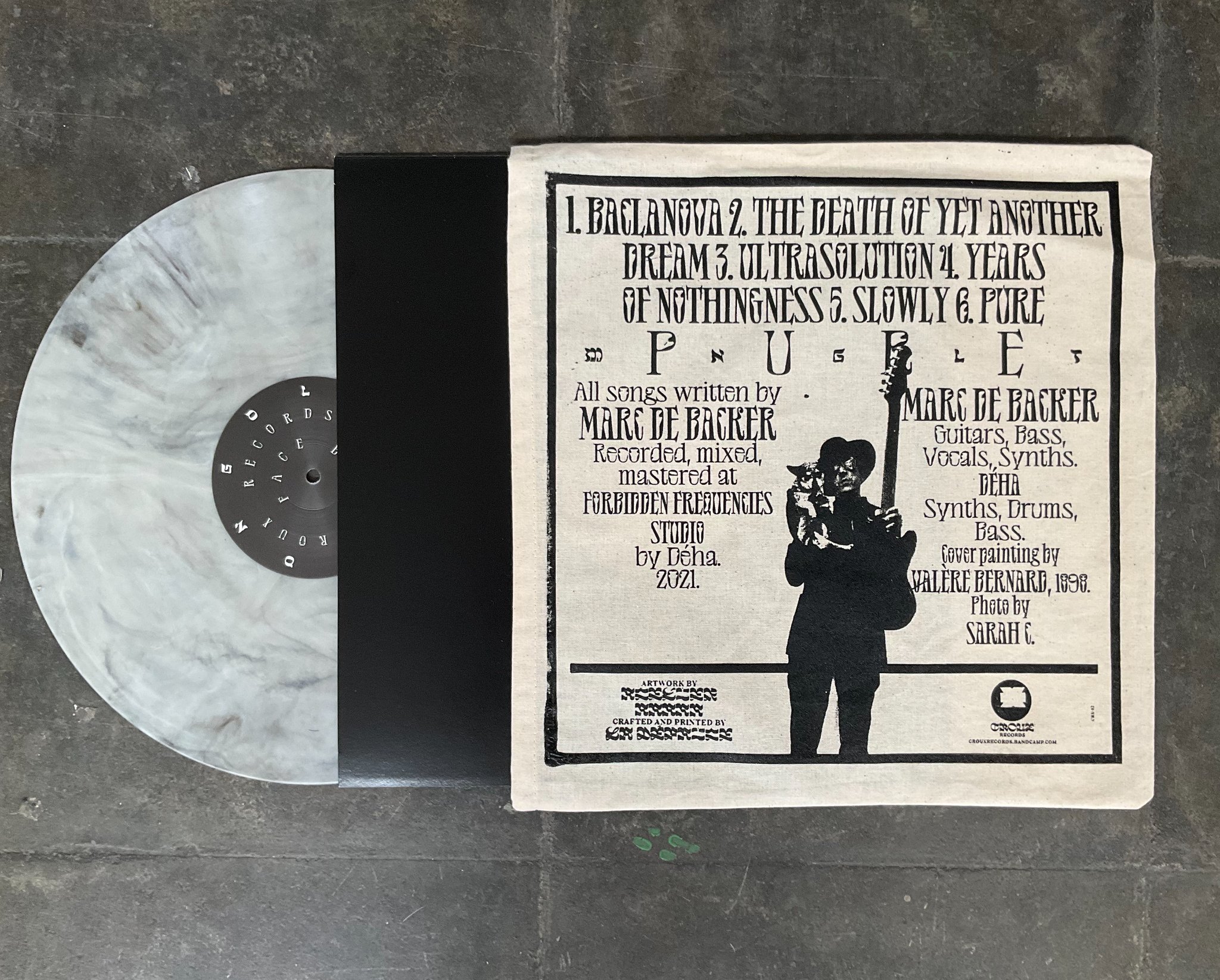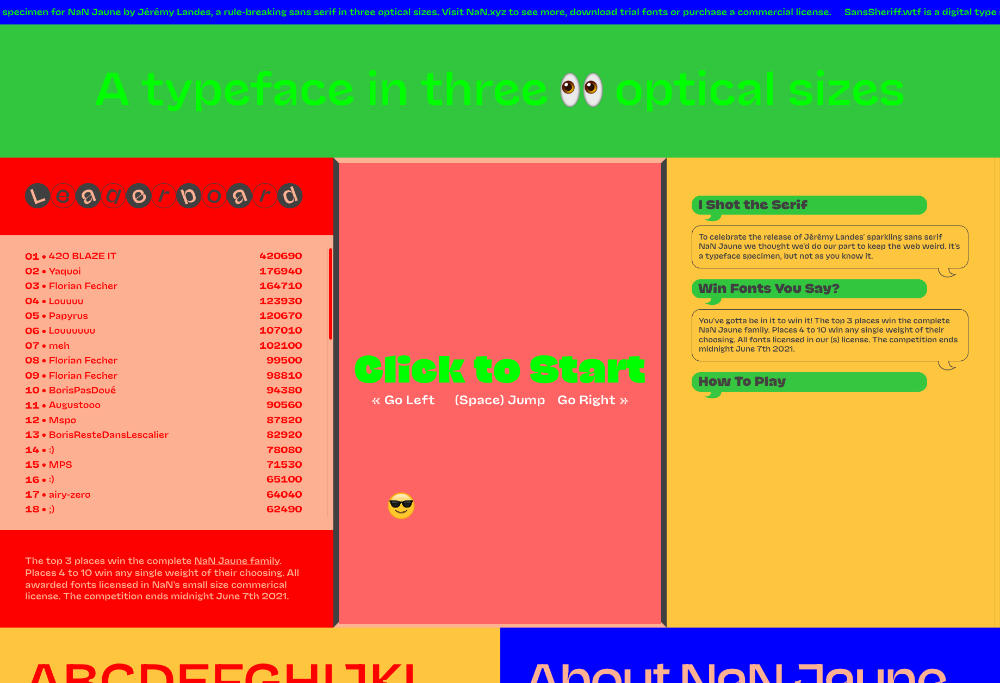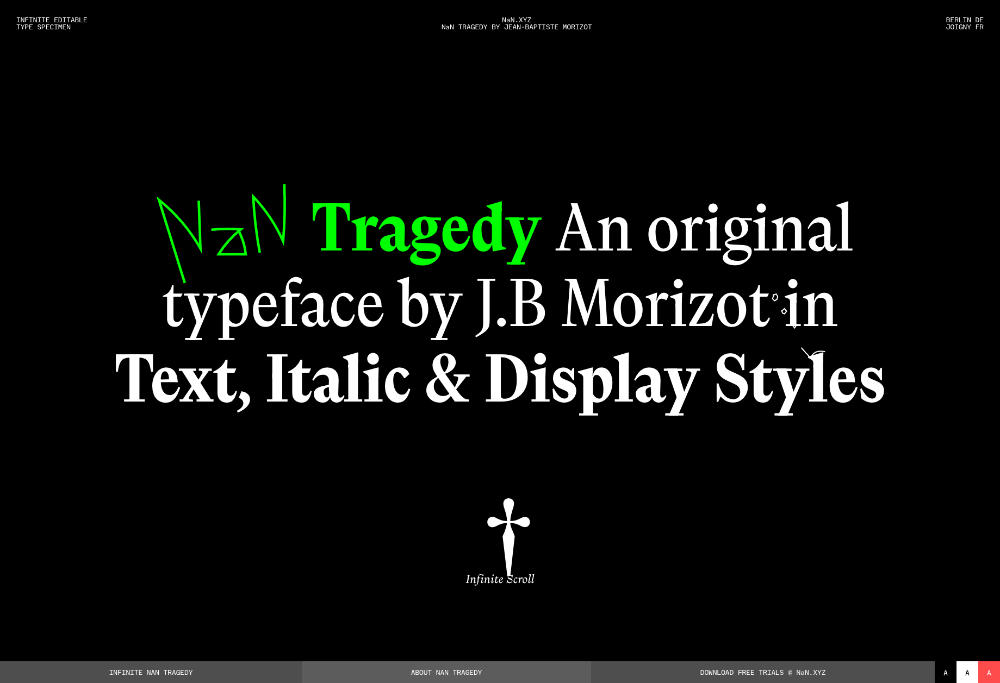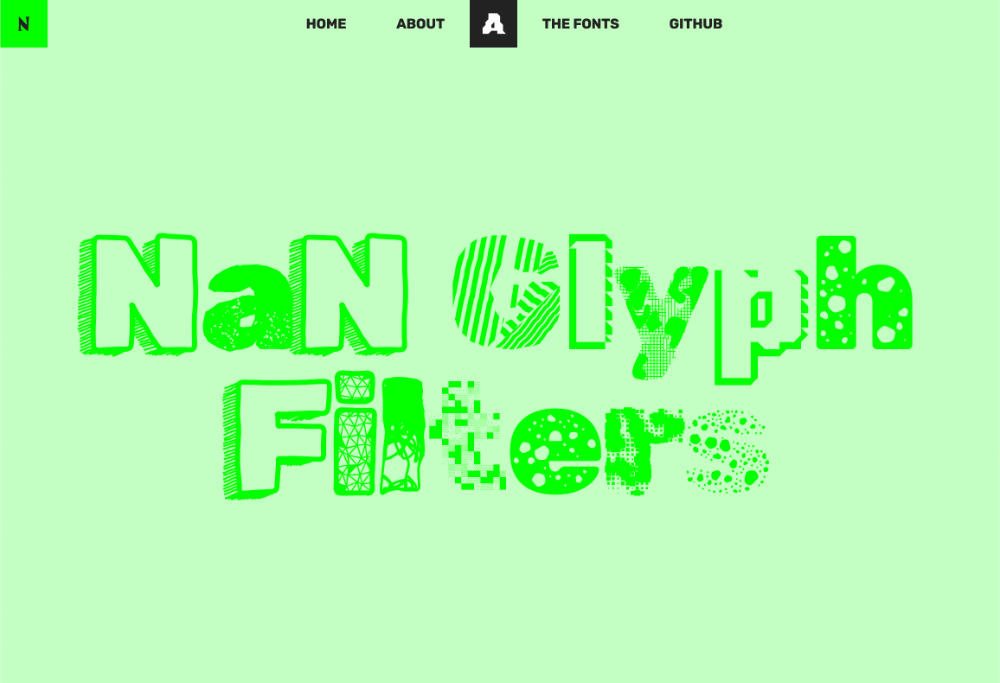Ego Trip
“What is Success?” Jérémy Landes asked himself, sitting in a warm bath with a bottle of 4°C champagne.
— Will I ever repeat my success?
— Can one find their own recipe for success?— By using the very name of success, can someone cast it upon
them, as a spell, or does it contrarily risk to scare it forever?
I asked myself these perilous metaphysical questions while envisioning the
creation of, wait for it, yet another (display) typeface. If a relative success struck me once or twice by
chance, did the chance run out, or can it be called forth once more? Those questions could seem frivolous or
ego-driven but success for one author of retail fonts (and for many creators) is tied to their ability to
make a living. And this is the question that I'm asking myself: “will this new typeface help me to make a
living?”
NaN Success is an ego-trip, a self reflection on the precariousness of the
atomised creative worker, doomed, as we are told, to permanently seduce an audience, to keep it pleased and
fascinated, over and over, always with a smile on our face. It’s a reflection on fashion and its tendencies.
A self-fulfilling prophecy. As someone who fell by mix mistake and intuition into a certain kind of
typographical
zeitgeist, after that I felt that I needed to show — to whom? — that I could draw other shapes than organic
ultra-display fonts. I restrained myself from drawing in this genre for a while. But why should I restrain
myself from drawing something that brings me joy, only because it’s perhaps too fashionable? When Marie
Kondo came to help me navigate through my type sketches and ideas, I realised that wobbly fonts, at the
first place, brought me a lot of joy. Success is this spark of joy that I decided to embrace and to let grow
and blossom.
It got out of hand. What was supposed to be a one-style-only quick project grew into this 18 styles
collection that you can see today. I guess that the soil was fertile.
Plasticity
NaN Success is an essay on titling typography. The 3 sub-families — Success Titling, Success
Sans & Success Text — all answer, separately and together different questions and
challenges raised by typography. It
carries without shame the many idiosyncrasies that can make an interesting titling typeface today. I drew
from my obsession for organic curves and love of stylistic oxymorons to birth this sort of Frankenstein’s
type monster of a family.
Drawing inspiration from late Art-Nouveau typefaces, De Vinne, Louis Jou, and mixing it with a healthy amount
of alien goo, I brought the master Success Titling sub-family to life. This display sub-family is packed
with an insane 280 ligatures for both the Latin and Cyrillic scripts. In that, Success is an out-of-the-box
titling machine for designers. But because this wasn’t enough, Success Titling was augmented with innovative
multi-width ligatures and alternates, meaning that compressed and wide glyphs are mixed in with its
ligatures providing an inimitable hand-lettered feeling.
Success Sans takes the distinctive curves of its big sister but applies it more sporadically on a
condensed gothic skeleton, mixing together industrial and organic sources of inspiration. The Light style
embodies a lace-like delicacy while the as-bold-as-it-can Black calls for both the forces of nature and hot
steam, as a steam-punk golem. Note that Success Titling and Success Sans share the same proportions and, as
such, can be seamlessly mixed together in the same line or even in the same word.
Success Text brings a long-reading, text-friendly horse to the family by taking everything that
makes Success while keeping the very substance, the bone marrow of its titling siblings. It takes advantage
of the organic qualities of the family in a tuned-down fashion to deliver a very warm and comfortable text
rhythm. Its low contrast makes it solid and confident even at small sizes, while its unique weight disposal
brings a subtle personality to the paragraph.
As a whole, Success stands as box of tools that might as well never been used together, but that can deliver
surprisingly diverse tones of voice.
Sharing success
Ruminating on this topic of success one can’t avoid the question of selfishness and individualism that seem
to be deeply rooted within. Our future is menaced by climate change and the responsibility of the global
North on the difficulties encountered by peoples of the global South can’t be denied. One can only realise
that the notion of success itself needs to be requestioned as a collective global one.
Because one can’t keep a liveable Earth alone and because the taste of success is very bitter when
it can't be shared.
As a small step in the direction of sharing any success and making it meaningful for the most people,
together with NaN we decided to donate 15% of the revenue generated by the sales of this type-family to
the NGO fighting for climate justice ClientEarth. So that
we
build a « success
with » instead as a « success against », or « at the cost of » others.

ClientEarth is an environmental charity using the law to create systemic change. Focusing on the most
pressing environmental challenges, they force big corporations and governments to respect the environmental
laws that are already in place but barely respected. Partnering with ClientEarth allows us to ensure that
success can be embraced by the most in the future.
To pursue this dynamic, we decided to offer a 100% discounted license to use Success for any project
related to nature conservation, sustainability and environmental justice. Please get in touch with such
project at info@nan.xyz.
Tester
The use of fermentation, particularly for beverages, has existed since
the Neolithic and has been documented dating from 7000–6600 BCE in
Jiahu, China, 5000 BCE in India, Ayurveda mentions many Medicated
Wines, 6000 BCE in Georgia,3150 BCE in ancient Egypt, 3000 BCE in Babylon,
2000 BCE in pre-Hispanic Mexico, and 1500 BC in Sudan. Fermented
foods have a religious significance in Judaism and Christianity.
The Baltic god Rugutis was worshiped as the agent of fermentation.
Louis Pasteur in his laboratory — In 1837, Charles Cagniard de la
Tour, Theodor Schwann and Friedrich Traugott Kützing independently
published papers concluding, as a result of microscopic investigations,
that yeast is a living organism that reproduces by budding.
Schwann boiled grape juice to kill the yeast and found that no fermen
The use of fermentation, particularly for beverages, has existed since
the Neolithic and has been documented dating from 7000–6600 BCE in
Jiahu, China, 5000 BCE in India, Ayurveda mentions many Medicated
Wines, 6000 BCE in Georgia,3150 BCE in ancient Egypt, 3000 BCE in Babylon,
2000 BCE in pre-Hispanic Mexico, and 1500 BC in Sudan. Fermented
foods have a religious significance in Judaism and Christianity.
The Baltic god Rugutis was worshiped as the agent of fermentation.
Louis Pasteur in his laboratory — In 1837, Charles Cagniard de la
Tour, Theodor Schwann and Friedrich Traugott Kützing independently
published papers concluding, as a result of microscopic investigations,
that yeast is a living organism that reproduces by budding.
Schwann boiled grape juice to kill the yeast and found that no fermen
Фермента́ція (також зброджування) — це анаеробний метаболічний розпад молекул
(наприклад, цукрози або глюкози) за допомогою мікроорганізмів з отриманням таких продуктів як етанол,
вуглекислий газ, молочна кислота, оцтова кислота, етилен тощо. Бродіння часто використовується для
приготування або збереження продуктів харчування. Частіше, кажучи про бродіння, мають на увазі
перетворення цукру на спирт за допомогою дріжджів, але, наприклад, при виробництві йогуртів
використовується бродіння за допомогою бактерій.
Ферментативний окисно-відновний процес, результатом якого є розклад органічних речовин, насамперед
вуглеводів, до простіших сполук (напр., спиртів, органічних кислот, метану), і який протікає як без
доступу кисню (напр., метанове бродіння), так і в присутності кисню (напр., цитратне бродіння). Це
природний процес, який викликається певними мікроорганізми (або вилученими з них ферментами). Енергія,
що при цьому виділяється використовується для їх життєдіяльності, а продукти — в біосинтезі, деякі — як
захисні засоби в боротьбі з конкурентами.
Оскільки фрукти зброджуються в своєму натуральному стані, бродіння з'явилося раніше людської історії.
Проте, люди з деяких пір навчилися контролювати процес бродіння. Є вагомі докази того, що люди
зброджували напої у Вавилоні близько 5000 р. до н. е., в Стародавньому Єгипті близько 3000 р. до н. е.,
в доіспанській Мексиці близько 2000 р. до н. е. та в Судані близько 1500 р. до н. е. Також існують дані
про дріжджовий хліб в Стародавньому Єгипті близько 1500 р. до н. е. і зброджування молока у Вавилоні
близько 3000 р. до н. е. Китайці, ймовірно, першими стали зброджувати овочі.
У 19 столітті Луї Пастер, вивчаючи перетворення вуглеводів на етиловий спирт під дією дріжджів, дійшов
до висновку, що цей процес каталізується якоюсь «життєвою силою», що знаходиться в дріжджових клітинах.
За два роки по смерті Пастера 1897 року Едуард Бюхнер опублікував роботу «Спиртове бродіння без
дріжджових клітин», в якій експериментально показав, що екстракт клітин дріжджів здійснює спиртове
бродіння так само, як і незруйновані дріжджові клітини[1]. 1907 року за цю роботу він був удостоєний
Нобелівської премії.

